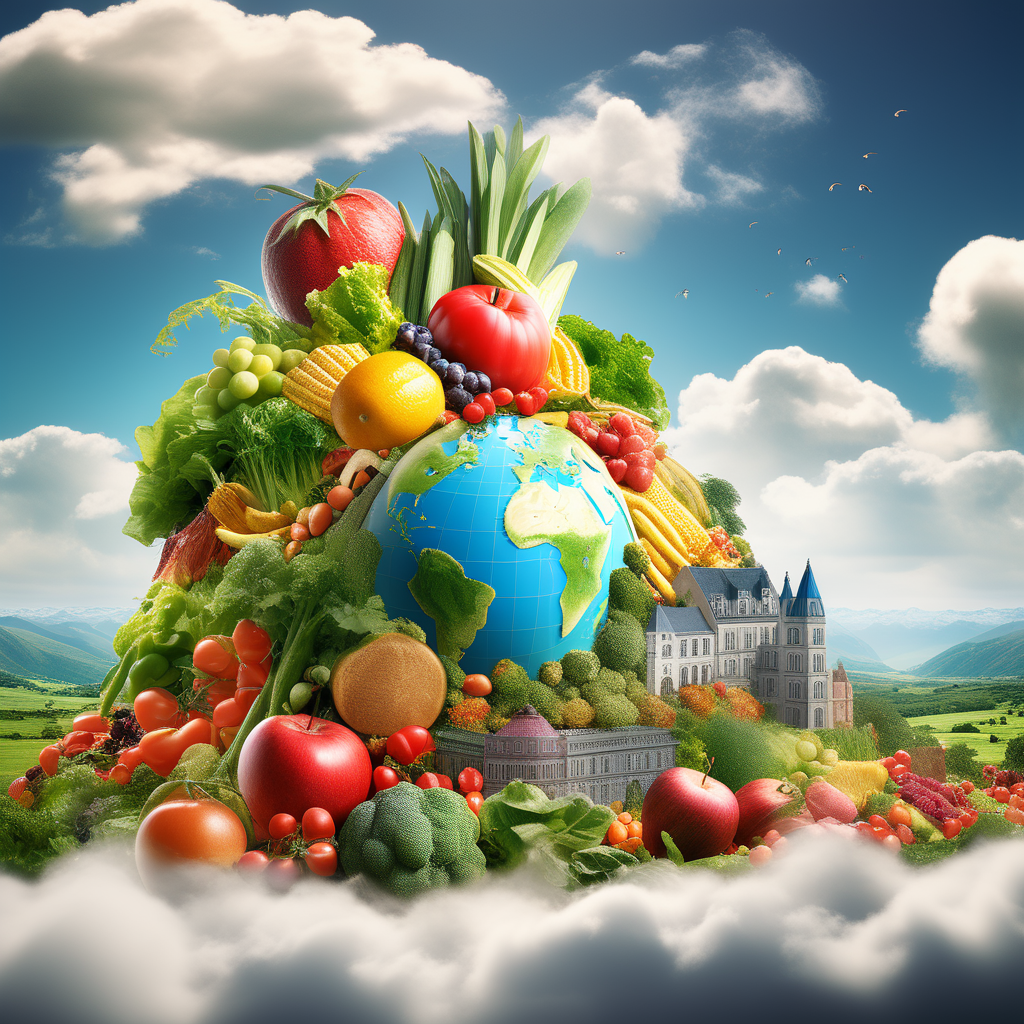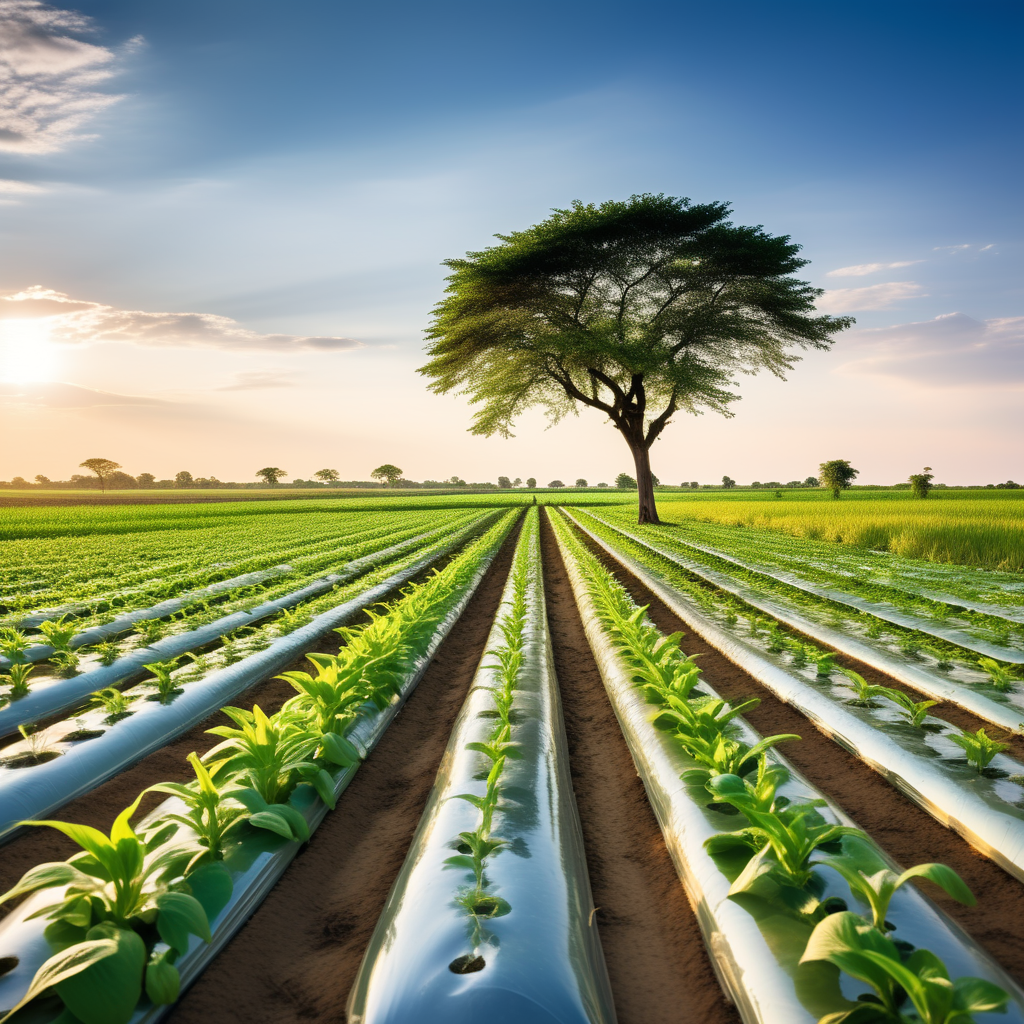Revolutionary Ocean Farming Techniques Feed Millions
In a world where the demand for food is ever-growing, revolutionary ocean farming techniques are making waves by providing sustainable solutions to feed millions. It’s a topic close to my heart, as I’ve seen firsthand the positive impact these techniques can have on both the environment and our global food supply. In this article, we’ll dive deep into the world of ocean farming and explore how it’s changing the way we feed the world.

The Growing Global Food Challenge
Feeding a Growing Population
With the world’s population steadily increasing, the challenge of feeding everyone is becoming more daunting. Traditional agriculture is straining under the pressure, and we need innovative solutions.
My Eye-Opening Experience
A few years ago, I volunteered with a food relief organization in a coastal region. Witnessing the struggles of communities affected by food shortages left a lasting impression on me. It reinforced the importance of finding sustainable food sources.
The Rise of Ocean Farming
An Abundance of Untapped Potential
Our oceans cover over 70% of the Earth’s surface and hold vast, untapped resources. Ocean farming is harnessing this potential by cultivating a variety of marine species and plants in a sustainable and environmentally friendly way.
Personal Connection to Aquaculture
During my time volunteering, I encountered aquaculture projects that combined fish and seaweed farming. The synergy of these two elements fascinated me. It was a glimpse into the future of sustainable food production.
Innovative Ocean Farming Techniques
Integrated Multi-Trophic Aquaculture (IMTA)
One of the groundbreaking techniques in ocean farming is IMTA. It involves cultivating different species together, creating a self-sustaining ecosystem. For example, fish waste can nourish seaweed, while the seaweed filters water for the fish.
My Visit to an IMTA Farm
I had the opportunity to visit an IMTA farm along the coast. The interconnectedness of the fish and seaweed was impressive. It not only produced a variety of seafood but also improved water quality in the area.
Benefits of Ocean Farming
Environmental Stewardship
Ocean farming techniques prioritize sustainability. By reducing the strain on wild fisheries and improving water quality, they contribute to the preservation of marine ecosystems.
Local Economies and Food Security
Ocean farming can stimulate local economies, creating jobs and ensuring food security in coastal communities. It reduces our dependence on imports and strengthens resilience to food crises.
Challenges and Considerations
Scaling Up
While ocean farming shows tremendous promise, scaling up operations to meet global food demand remains a challenge. Investment and infrastructure are needed to expand these innovative techniques.
Balancing with Conservation
Sustainable ocean farming must strike a balance between food production and environmental conservation. Protecting marine habitats and biodiversity is crucial.
A Sea Change in Food Production
In conclusion, revolutionary ocean farming techniques are leading a sea change in food production. They offer a sustainable path to feed our growing global population while minimizing the environmental impact.
As I reflect on my experiences and the potential of ocean farming, it’s clear that this innovative approach has the power to transform lives, protect our planet, and ensure that no one goes hungry. It’s a wave of change we should all be riding.





